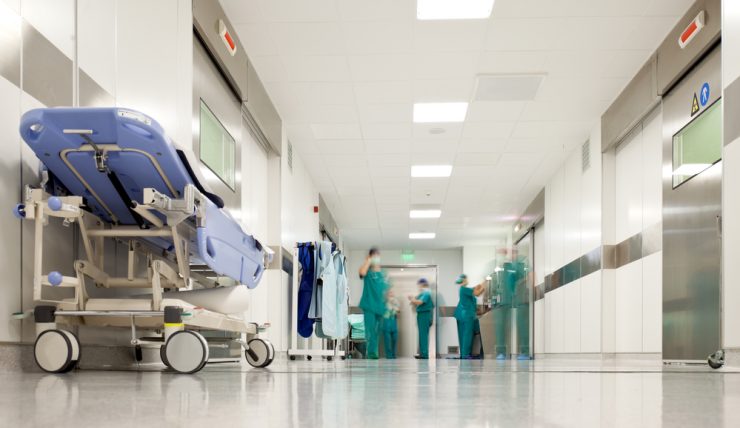Arthroscopy is the process of inspecting and treating the joint problem with the help of a surgery. The surgeon can get inside the joint and completely investigate the problem there. The term comes from Arthroscope which is a narrow tube and also has a light source with a video cam to show the pictures back to the surgeon. This camera is passing through a small incision and lets one to magnify the joint. The process is used to examine the knee joints where most of the issues happen but then there are procedures to help in finding out other joints of the body also.
What is it used for
It is used for knowing the exact cause of the problem. This also helps in finding the correct treatment for the cause. The process may be used in the scenarios of trying to find the actual cause for pain or swelling, tear in the cartilage of the joint, tear in any of the ligaments, joint becoming unstable or affected by arthritis. The arthroscopy can also help in getting rid of membrane which is caused by arthritis.
Advantages
The procedure is quite useful for the surgeon to examine the issue more clearly and put his recommendations accordingly. The surgeons won’t want to open the joints without knowing the actual issue, since it’s quite prone to infection, which could be a risky state.
How is it performed
The process takes 30 minutes to an hour depending on the complexity. The patient may be given a local or general anesthetic. The joint skin is cleaned up and anti-bacterial fluid is used with making two small incisions. The surgeon is then able to insert the eyepiece and collect the exact view of what’s wrong inside. The process ends with removing of all the attachments out and fluids being drained out and incisions closed out. The sterile dressing is used to cover the incision.
Recovery
Recovery is quite quick and one can go home after the surgery is done. The incisions are also most of the times pain free and also can give a little swelling or discomfort to the joints. The patients may also be required to use sling or crutches after the surgery, depending on the joint operated upon. The surgeons also advice people to take rest for the joint and also if they need to do some specific exercises for the same. There are also results discussed after the surgery with the patient for a better understanding on the progress made.
Results
The results are good, with most of the sports people returning to their games after it. For some cases, it takes a little while to completely get over the problem and also the scars from it are small and go off with time.
Risks:
The complete procedure is quite safe in itself and the related risks are quite low in nature. There is some pain or stiffness seen after the surgery which also goes off with time. There are little known complications afterwards which could be accidental damage to the operated part, infection or bleeding, loss of feeling in the skin. There are some cases like severe pain, high temperature or fluids from the incisions where one should immediately consult the doctor.













